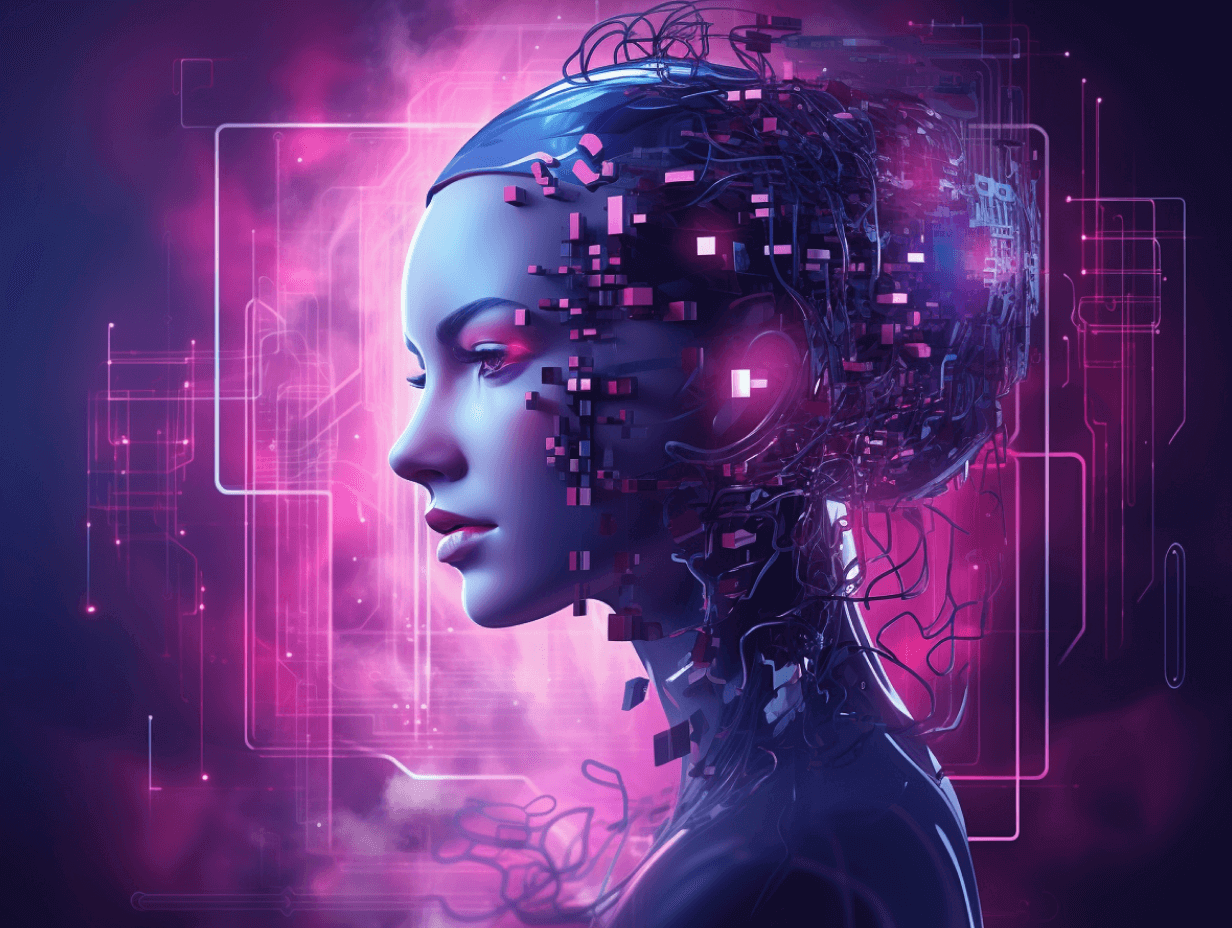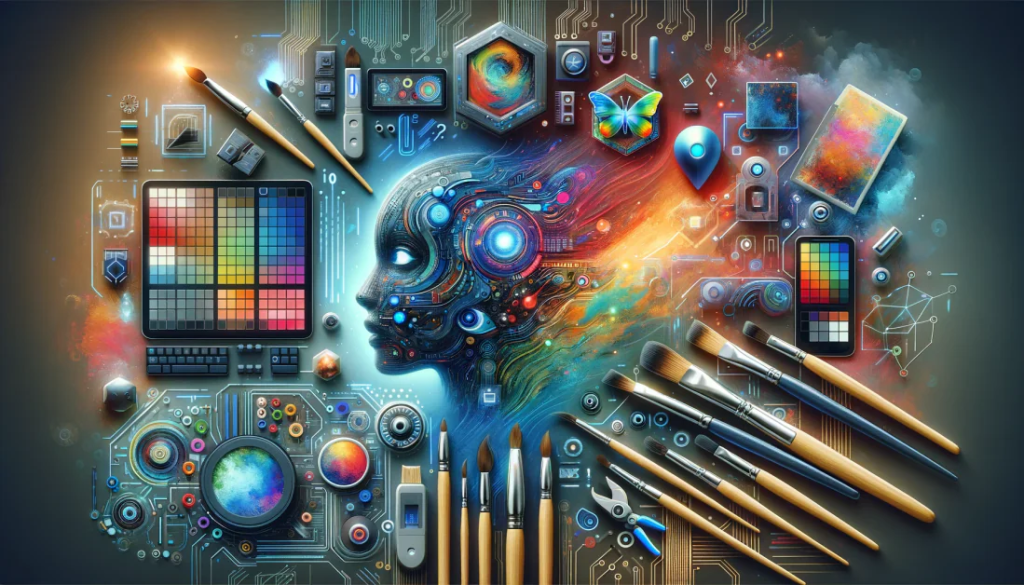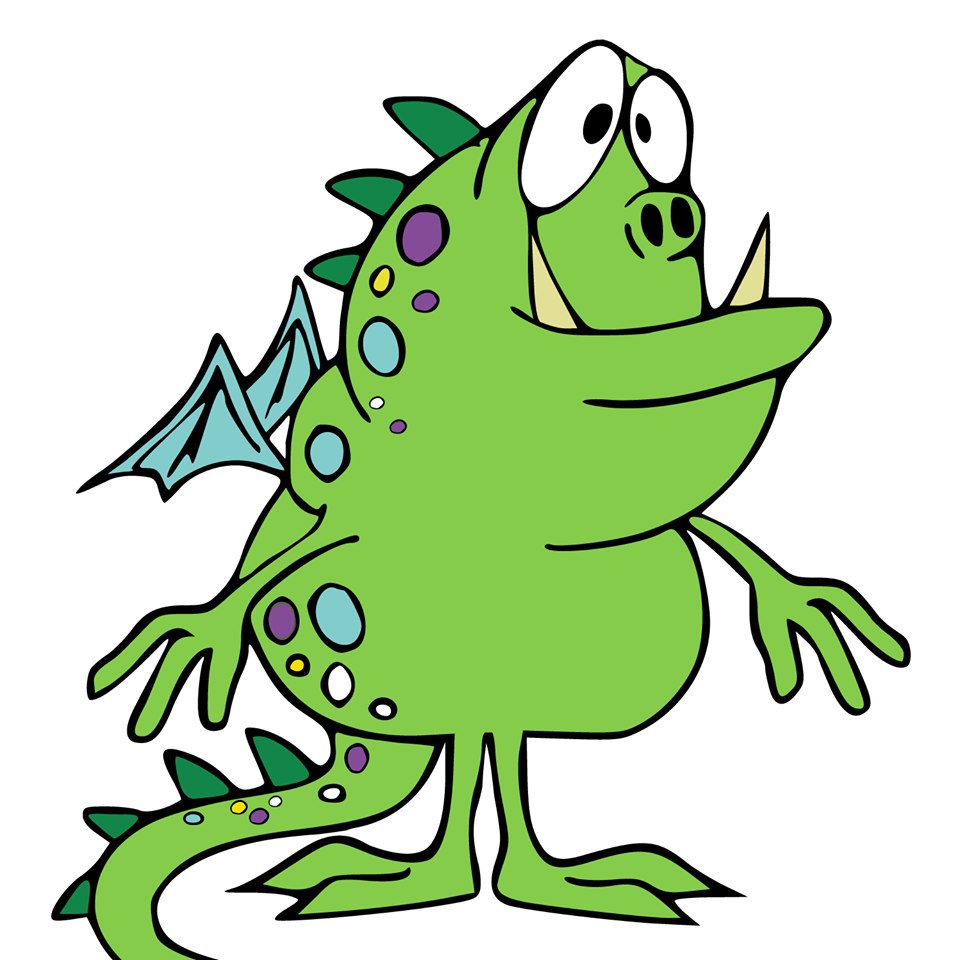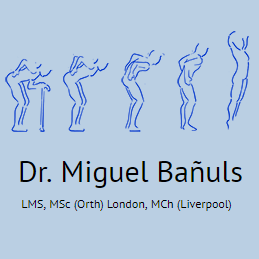AI in Graphic Design is transforming the way artists and creators approach their work, offering exciting opportunities for innovation and efficiency. As Artificial Intelligence in design progresses, tools used in this creative field are becoming more sophisticated, facilitating a shift towards graphic design automation and streamlining workflows. Designers can now utilize AI design tools to augment their creativity, enabling them to generate insights from data and enhance their artistic decisions. This evolution points toward a future of graphic design where human creativity and machine assistance work hand-in-hand. By integrating AI creativity into design processes, professionals can not only save time but also explore fresh concepts that elevate their work to new heights.
The emergence of intelligent software is rapidly changing the dynamics within the creative industry, particularly in visual arts and design. As this innovative technology gains traction, new methodologies and tools—often referred to as automated design technology—are being embraced by graphic designers far and wide. The future landscape of design promises to be interwoven with advanced artificial intelligence systems, challenging traditional norms and enhancing the creative process. In this domain, the role of machine learning becomes integral, as it aids creators in refining their work and discovering new artistic pathways. Understanding this shift opens up a dialogue about the profound potential of AI’s collaborative nature in revolutionizing not just graphic design but the very essence of creativity itself.
The Intriguing Role of AI in the Realm of Graphic Design: A Current and Future Perspective
As industries evolve, the integration of Artificial Intelligence within graphic design marks a significant milestone. Design tools powered by AI have shifted from being mere ideas to essential assets in the toolkit of modern designers. Notably, platforms such as Adobe Sensei are enhancing design processes, providing tools that automate mundane tasks and allow designers to focus on creativity. This leap in technology is not just about saving time – it’s about unlocking potential. Designers now analyze comprehensive data sets that inform user preferences, infusing designs with insights that were previously unattainable. Simple tasks such as cropping images or selecting the right colors are now handled by AI, which means that designers can produce high-quality work more efficiently than ever before.
Looking ahead, we can expect AI to become an integral part of the design process, essentially transforming how creatives approach their work. The idea of ‘co-creativity’ is gaining traction, wherein designers will partner with AI systems to enhance their creative capabilities. Rather than simply utilizing AI-generated suggestions, designers could engage in a dynamic dialogue with the AI, collaborating to create innovative designs that resonate with audiences. The possibilities are endless, particularly in complex disciplines like 3D design and animation, where time and effort are often at a premium. With AI’s continuous refinement and expansion, graphic design will likely embrace a future marked by deeper artistry, seamlessly combining human intuition with machine efficiency.
AI-powered Tools in Graphic Design
In our exploration of innovative technologies, AI-powered tools are taking center stage in graphic design, pushing the envelope of creativity. Adobe Sensei stands out as a trailblazing example, integrating AI at every juncture to streamline the design process. By automating repetitive tasks, it allows designers to invest their time wisely, exploring fresh, creative horizons rather than getting bogged down in time-consuming details. This evolution in tools exemplifies a shift in mindset within the design community, where efficiency plays a crucial role in the creative workflow.
Other platforms have also stepped into the spotlight, showcasing AI’s potential. Tools like Canva and Tailor Brands harness the power of AI to provide easy design solutions, enabling even novice designers to produce professional-quality work. FireDrop’s AI capabilities can generate complete designs based on simple prompts, underscoring the versatility and adaptability of these tools. As AI continues to evolve, we may witness even more groundbreaking platforms emerge, reshaping how we envision and execute design work.
Benefits and Limitations of AI in Graphic Design
The integration of AI into graphic design brings with it a host of advantages and challenges. On the one hand, AI can dramatically enhance productivity and creativity. Tools like Autodesk’s Dreamcatcher and Deep Art Effects enable designers to explore innovative concepts and visuals, saving time and fostering creativity. These advancements expedite the development of engaging content tailored to user preferences, leading to a more personalized design experience.
However, potential drawbacks exist. Over-reliance on AI tools could stifle the unique, human touch that characterizes great design. While AI can propose layouts and generate images, the subtle nuances of human creativity – intuition and emotional resonance – often require the human touch. It’s essential for designers to strike a balance between leveraging AI-driven efficiencies and maintaining their artistic identity in the increasingly algorithm-driven landscape.
Case Studies: AI in Graphic Design
Examining real-world applications highlights the undeniable advantages of AI in graphic design. Microsoft’s PowerPoint Designer serves as a prime example, seamlessly integrating AI to enhance presentations. By using AI algorithms, it suggests design layouts that can elevate a standard presentation to something visually engaging, showcasing the practicality of this technology within everyday tools.
Similarly, Wix’s Artificial Design Intelligence (ADI) demonstrates AI’s potential in web design. By automatically creating customized websites based on user preferences and behavior, Wix paves the way for more intuitive design solutions. These case studies underline the substantial impact AI has in making graphic design more accessible, efficient, and aligned with user needs.
The Future of AI in Graphic Design
As we anticipate future advancements, AI’s role in graphic design appears poised for exponential growth. The adaptation of AI technologies in application interfaces promises improved user experiences. Software like ‘Framer X’ and ‘Lucidchart’ utilizes machine learning to comprehend user actions, tailoring the interface to simplify the design process—and all of this is just the tip of the iceberg.
In the future, we might even see AI taking the reins on tasks such as user research, enabling designers to focus on more substantive creative work. By understanding the nuances of user behavior and design trends, these advanced systems could help create designs that are not only aesthetically pleasing but also profoundly impactful.
Final Thoughts
The rapid integration of AI into graphic design showcases a realm of possibilities that was once unimaginable. As mentioned, the trajectory of AI is altering not just how designs are conceived but also how they resonate with audiences. The capacity for designers to create more innovative, cost-effective solutions is unprecedented, heralding a new era in the creative industry.
For both seasoned creatives and newcomers in the field, understanding the potential of AI will be pivotal in navigating the future of design. Embracing these tools means not only enhancing efficiency but also discovering untapped avenues for creativity, making the future of graphic design truly exciting.

Conclusion
In conclusion, the integration of Artificial Intelligence in graphic design marks a significant turning point, reshaping the industry’s landscape and making it more innovative and efficient. By automating repetitive tasks and providing valuable insights, AI empowers designers to focus on creativity and strategic thinking. The impact of AI technologies, such as Adobe Sensei and Microsoft PowerPoint Designer, illustrates how swiftly this transition is occurring. As we look to the future, the potential for AI to serve as a creative partner opens new avenues for collaboration, inspiring designers to explore uncharted territories in their craft.
Key takeaways from the discussion on AI’s role in graphic design include:
– **Efficiency Gains**: AI technologies streamline workflows, reducing the time designers spend on routine tasks.
– **Enhanced Creativity**: Designers can leverage AI tools for brainstorming and initial drafts, boosting creative potential.
– **Personalization**: AI’s capacity for understanding user preferences allows for tailored design solutions, elevating user engagement.
– **Future Collaboration**: The concept of co-creativity between human designers and AI tools could revolutionize the creative process as we know it.
Final Thoughts
Looking ahead, the trajectory of AI in graphic design suggests exciting advancements that promise to transform how creativity is expressed and executed. These tools are not merely replacing traditional methods, but are evolving the design process into an interactive and dynamic experience. With AI’s ability to analyze and predict trends, designers are better equipped to respond to changing market demands, making their work not just innovative, but also relevant and impactful.
As we embrace these changes, it is essential to recognize both the opportunities and challenges presented by AI’s presence in graphic design. Highlights include:
– **Innovation**: AI is spurring new creative avenues for designers, enhancing their capabilities.
– **Adoption Barriers**: Despite its benefits, some designers may face challenges in acclimating to AI technologies.
– **The Human Element**: While AI can enhance design processes, the unique human creativity and intuition remain irreplaceable, ensuring that design will always need a personal touch.















